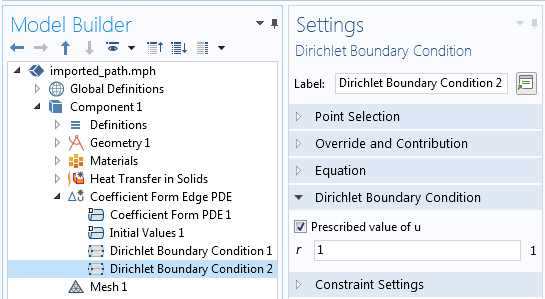
The notation r, φ in ( 5) is a shortcut for ρ = r, φ, with r being the fixed value of the radius of a circle. They are improper eigenvectors in the sense they are normalized via Dirac distributions ( A2). With ρ the polar radial coordinate and φ the polar angular coordinate, the kets ρ, φ are eigenvectors of the position operator. This method does not require performing numerical two-dimensional integration of the square modulus of the wave functions. IV C) is provided for direct normalization of eigenfunctions, i.e., ψ | ψ = 1. Then column eigenvectors of the matrices are used to construct the eigenfunctions. The eigenmomenta are determines by zero eigenvalues of the matrix. The main computational effort is in the evaluation of some of these integrals because the integrands can be oscillatory, but the integrals are the same for the four symmetries. The matrices elements are determined analytically or involve the numerical evaluation of one dimensional integrals over finite ranges. Then, for each of the four symmetries, one constructs a matrix of finite order. The expansion is truncated to a finite one.
Dirichlet boundary condition series#
The method starts with infinite series expansion. This method is now very briefly sketched from a strict operational viewpoint. The resolution of the eigenvalue eigenvector problems for 0 ≤ a ≤ r is obtained following a Green function approach, as described in Sec. Also, when an eigenfunction has its support on the two moons, eigenmomenta for symmetries 2 and 4 are the same, the eigenfunction for symmetry 2 having opposite signs on the two moons, and eigenfunctions for symmetry 4 are then obtained simply by changing the sign on one of the moon.

It should be clear that when an eigenfunction has its support on the two moons, eigenmomenta for symmetries 1 and 3 are the same, the eigenfunction for symmetry 1 having the same sign on the two moons, and eigenfunctions for symmetry 3 are then obtained simply by changing the sign on one of the moons.

Accordingly, the Hamiltonian can be written as the sum of four independent Hamiltonians acting in different spaces, specifically spaces of symmetry 1, 2, 3, 4. With parity with respect to x symmetry written first and parity with respect to y symmetry written second, an eigenfunction of the Hamiltonian can be even-even (symmetry 1), odd-odd (symmetry 2), even-odd (symmetry 3), and odd-even (symmetry 4). The x symmetry is a symmetry for each of the three parts, moon, lens, moon, whereas the y symmetry interchange the two moons and is a symmetry of the lens. The other one with the y axis as the line of symmetry, changes x, y into − x, y and will be called y symmetry for short. One, with the x axis as the line of symmetry, changes x, y into x, − y and will be called x symmetry for short. The discrete symmetries then are two reflections. The axis containing the centers of the two circles will be called the x axis, and the perpendicular axis equidistant of the two circle centers will be called the y axis.

This Hamiltonian has discrete symmetries. Eigenvalues and eigenvectors satisfy a lot of properties (see, e.g., Refs. Methods for solving such problems are numerous (variational, finite element, finite difference, expansion, 3 conformal mapping, and so on), see, e.g., Ref. In this context, review articles (see, e.g., Refs. The literature on this general problem is considerable and widely dispersed.

Mathematically, the problem is a particular case of the general eigenvalue and eigenfunction problem for the Laplace operator in bounded connected two dimensional domains with the Dirichlet boundary condition. The relevant physical problems are quantum two dimensional billiards, classical vibrating membranes, with the edges clamped to be motionless on the boundary. When p is a solution of Helmholtz equation with zero Dirichlet boundary condition (zero value of the function on the boundary), we call p an eigenmomentum.
Dirichlet boundary condition free#
The two-dimensional Schrödinger equation for a free particle, − ℏ 2 / 2 M Δ Ψ = E Ψ, reads as the Helmholtz equation Δ + p 2 Ψ = 0 when ℏ = 1, M = 1, and E = p 2 / 2 M.


 0 kommentar(er)
0 kommentar(er)
